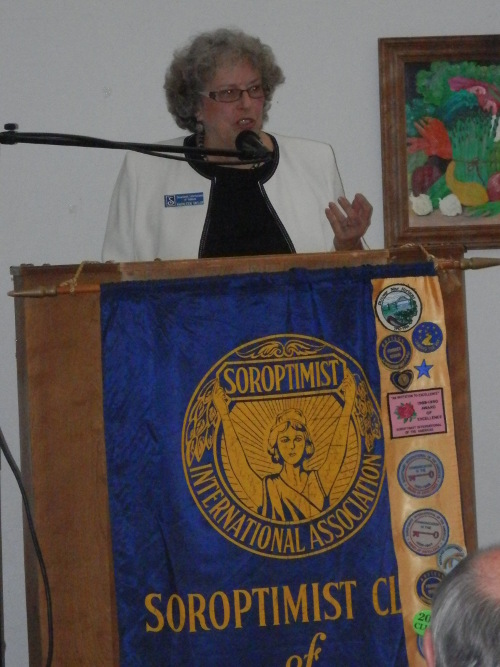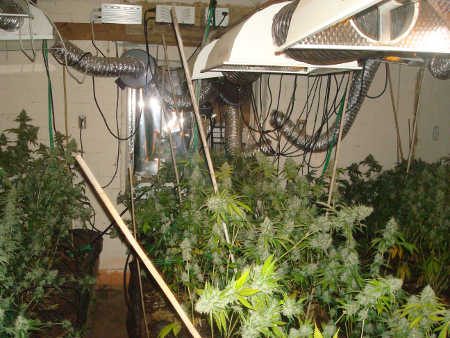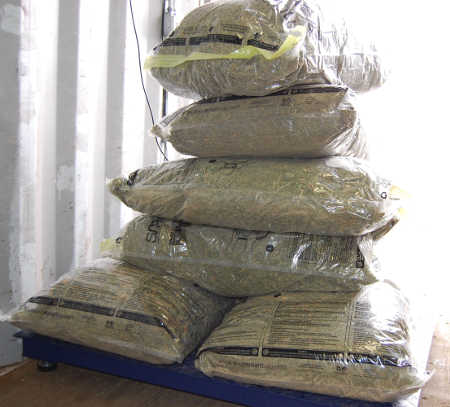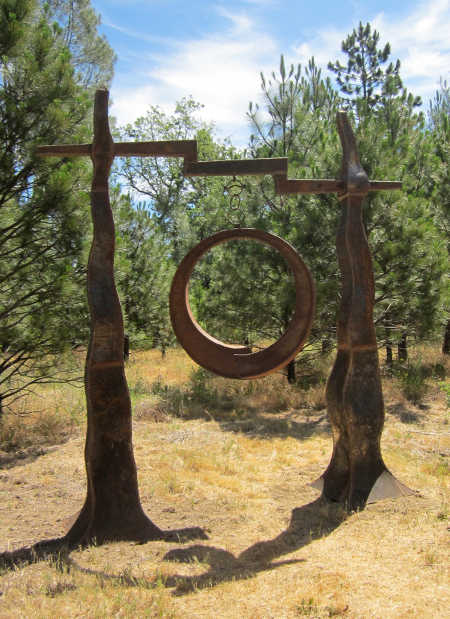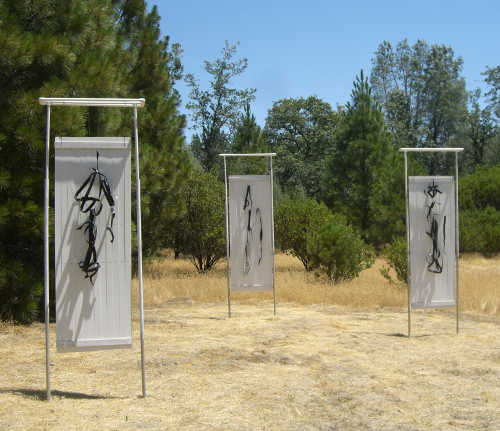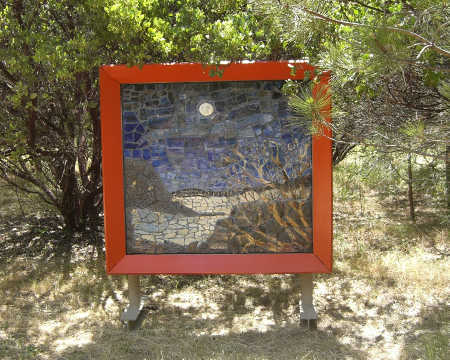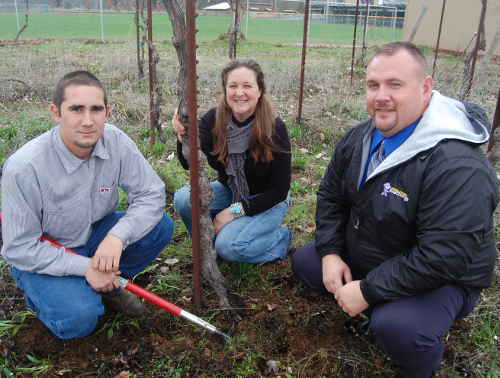- Lake County News reports
- Posted On
Officials: Rain means no need to water outdoors for weeks
Recent rains across California are not enough to end the drought, but they are enough to eliminate the need to water landscaping for several weeks.
Experts with the California Department of Water Resources, University of California Cooperative Extension and University of California, Davis, together urge all residents, business owners, and government agencies to shut off sprinkler and irrigation systems until soils dry again.
Depending upon local conditions and near-term weather, irrigation may not be needed for a month or more.
“We can reap twice as much from the latest storms if people take full advantage of the natural precipitation and shut off sprinklers,” said Department of Water Resources Director Mark Cowin. “Three dry years in a row have left our major reservoirs low, and we need to conserve those supplies in case drought conditions persist into the next rainy season. There's no need to water lawns, parks, median strips, or any landscaping already soaked by these recent storms.”
On Jan. 17, Gov. Edmund G. Brown Jr. declared a drought emergency in California and called on all residents to conserve water by 20 percent in their homes and businesses.
Typically more than half of the water used by homeowners is used outdoors. Californians can go a long way toward meeting the governor's goal by shutting down sprinklers until soil several inches deep appears dry or plants appear stressed.
People who resume landscape irrigation should do so only according to the water schedules set by their local water districts.
More than 100 such districts around the state have imposed voluntary or mandatory conservation measures that restrict the days and times when residents can run sprinklers.
At a press event in the residential Curtis Park neighborhood of Sacramento Thursday, Director Cowin, local water leaders, and UC Cooperative Extension landscape experts demonstrated how to shut off a typical homeowner's sprinkler system.
Tom Gohring, executive director of the Water Forum, a diverse group of Sacramento regional interests working to resolve water issues, hosted the event at his home and switched off the sprinkler system controller in his garage to encourage others to do the same.
“Many people think they use more water in their house than they do in their yard,” said Gohring. “The opposite is typically true. In the Sacramento region, about 65 percent of water used by homeowners goes to irrigate landscaping. We always want people to adjust their sprinklers based on the season and weather, but now, after a record dry year, there's real urgency.”
While recent storms have boosted the Sierra Nevada snowpack and runoff into reservoirs, it would take half an inch of rain every day of March from Redding to Bakersfield to bring the state to average precipitation for the year in the watersheds that supply much of California's drinking and irrigation water.
Even average precipitation would not be enough to avert water shortages, because major reservoir storage is now so far below typical storage for this time of year.
“Storms in the last couple of weeks have delivered a couple of inches or more of precipitation to most parts of California,” said Chuck Ingels, UC Cooperative Extension advisor in Sacramento County. “Trees, shrubs, flowers, and lawns naturally use less water in winter's cool temperatures, and so an inch of rain provides enough moisture to forego the need for sprinklers for up to several weeks depending on temperatures.”
Sprinkler systems are controlled by a device, called an irrigation controller, that triggers the irrigation system when to turn on and off.
People who do not know how to program their controllers can get links to manuals published by major manufacturers at the Save Our Water Webite, www.saveourH20.org . Look under the "Sprinklers 101" section of the Web site, http://www.saveourH20.org/sprinklers101 .
Sacramento residents can find their water provider, information on the latest water restrictions, and water-saving tips at the Regional Water Authority’s “Be Water Smart” Web site at http://www.bewatersmart.info/residential-customers/ .
University of California master gardeners offer tips for gardening during a drought at http://cagardenweb.ucanr.edu .
The California Center for Urban Horticulture, UC Davis, also has information for conserving water in the landscape, http://ccuh.ucdavis.edu , as does the UC Davis Arboretum http://publicgarden.ucdavis.edu/public-garden/drought-resources .
Other smart watering tips detailed at the Save Our Water Web site:
- Water only in the early morning or late evening. Cooler temperatures reduce evaporation.
- Check your sprinkler system frequently and adjust so that you are not watering the hose, sidewalk, or street.
- Put mulch around trees and plants to cool soil and reduce evaporation.
- Consider installing a drip irrigation system, which applies water precisely, with less waste.
- Choose plants based on their adaptability to your climate. Check the Sunset Plant Finder to learn about water-wise plants that thrive in your region: plantfinder.sunset.com/plant-home.jsp.
- If you find yourself walking on your lawn only to mow it, consider replacing it with water-wise landscaping that reduces the need for water and maintenance.
- Check with your local water district for a free visit from a water conservation specialist, rebates on water-wise appliances, or "cash for grass" incentives to replace lawn with water-wise landscaping.

